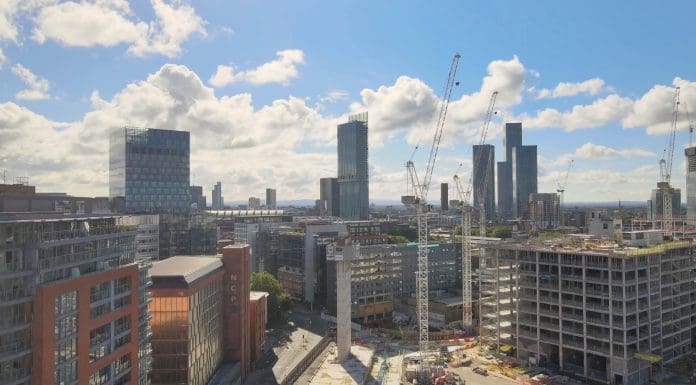
Clients are leaving opportunity on the table due to procurement and supply chain management risks, warns Jake Bush, RLB’s head of supply chain and procurement
Our recent Procurement Trends report highlights a recurring theme we’re seeing across our client base – one of growing disruption in procurement and supply chains that is fuelling caution and, in some cases, deterring organisations from pursuing critical opportunities.
The last few years have brought unprecedented change. Risking complexity, cost inflation, tariffs and geopolitical pressures have reshaped procurement and supply chains.
However, we have seen that when clients manage that risk, cost savings can be generated of up to 20% or more, and procurement timelines can be cut by up to 40%.
Governments are recognising the urgency. In the UK, the recent Spending Review and 10-year Infrastructure Plan laid out ambitious goals to futureproof our towns and cities, with investments in schools, hospitals, transport and more. Similar moves are underway across Europe, where public sector development is a lever for economic growth.
But all of this depends on a confident, resilient supply chain and robust procurement strategies.
The market has changed and so have behaviours
Insights from the latest RLB Procurement Trends, based on a nationwide survey of contractors, paint a picture of an industry under pressure. Market volatility, rising insolvencies and tighter margins are forcing both clients and contractors to rethink how they work together.
Encouragingly, over 40% of contractors are seeing an uptick in collaborative procurement practices, and 25% increased appetite for sharing risks.
However, momentum is slowing. Fewer projects are locking into fixed-price contracts, opting instead for flexible terms. This signals a market that’s maturing – embedding new behaviours but still navigating uncertainty.
While collaboration is essential, risk cannot be removed entirely. That’s why proactive supply chain management – from sourcing through to delivery – is key. Understanding your entire value chain provides resilience, agility and the ability to deliver even when the unexpected occurs.
Sustainability high up the procurement agenda but still not being measured
We are also seeing a drive for greener, more sustainable construction in tenders. However, delivery remains inconsistent. One in three projects that set sustainability targets still miss them – a figure that has remained unchanged year on year.
Only 22% of contractors are asked to measure sustainable outcomes post-completion, often during the defects period. This leaves many projects either lacking clear targets, missing coherent measurement tools or failing to engage their supply chain in achieving those goals.
Sustainable delivery begins with end-to-end supply chain alignment. Many projects still fail to embed sustainability at the sourcing stage, leading to attempts to retrofit it later during delivery, often at higher cost and with limited effectiveness.
When the supply chain is aligned with environmental goals from the outset, organisations can reduce risk, improve cost control and achieve more resilient and measured ESG outcomes.
This year’s report paints a picture of an industry being held back due to anxiety in its supply chain. Many clients are still looking at each project in isolation as transactional relationships are being paralysed by supply chain anxiety, which is often leading to leaving opportunities on the table and not allowing them to react to the constantly changing environment.
The good news is that there are ways of creating a value chain that can lead to strategic partnerships and long-term outcomes, working with teams like ours here at RLB, who are positioned to secure the right partners, who understand the risk and can help you adapt to it. Optimising every stage of the supply chain using asset tracking, supplier capacity checks and targeted risk assessments.
Whether buying directly supplied equipment, negotiating preferred supply agreements, or sourcing goods and services across sider business lines, the result is fewer disruptions and more reliable schedules, and can make the difference between a viable project and one that fails to deliver.
The post Is the industry ready for outcome-based procurement? appeared first on Planning, Building & Construction Today.

